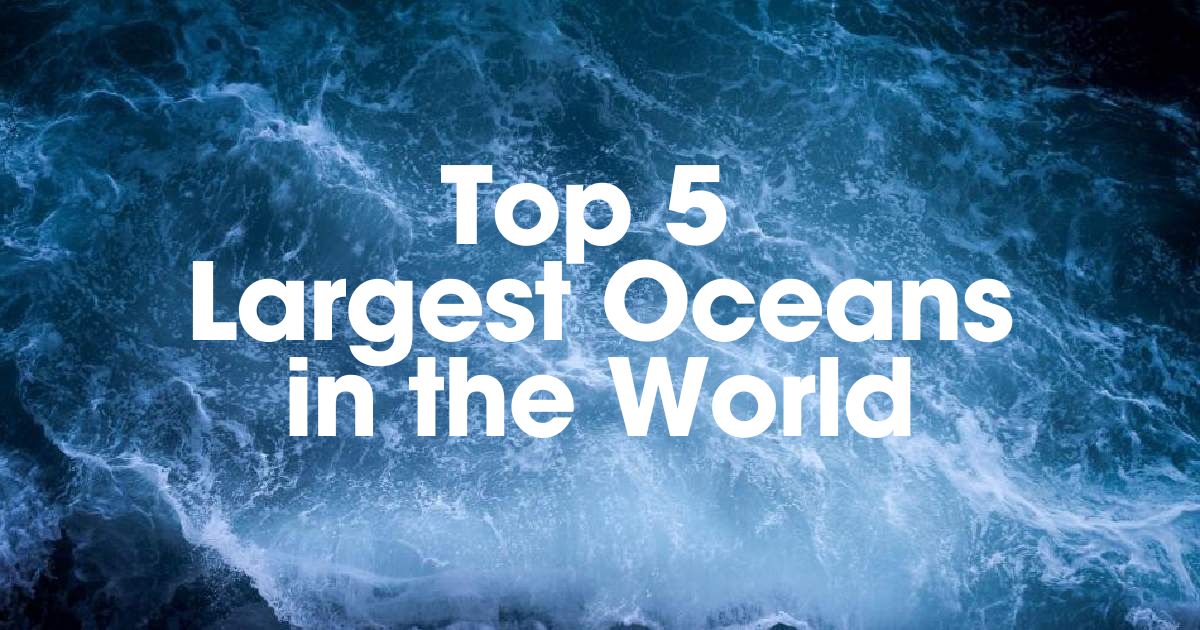The Earth is constantly shifting, with most of its outermost layer covered in water. Global climate constraints, marine organisms, and civilization rely upon the Pacific, Atlantic, Indian, Southern, and Arctic Oceans. Their broad shores and typical depths characterize each ocean. This article will examine each ocean’s characteristics and significance.
5. Arctic Ocean
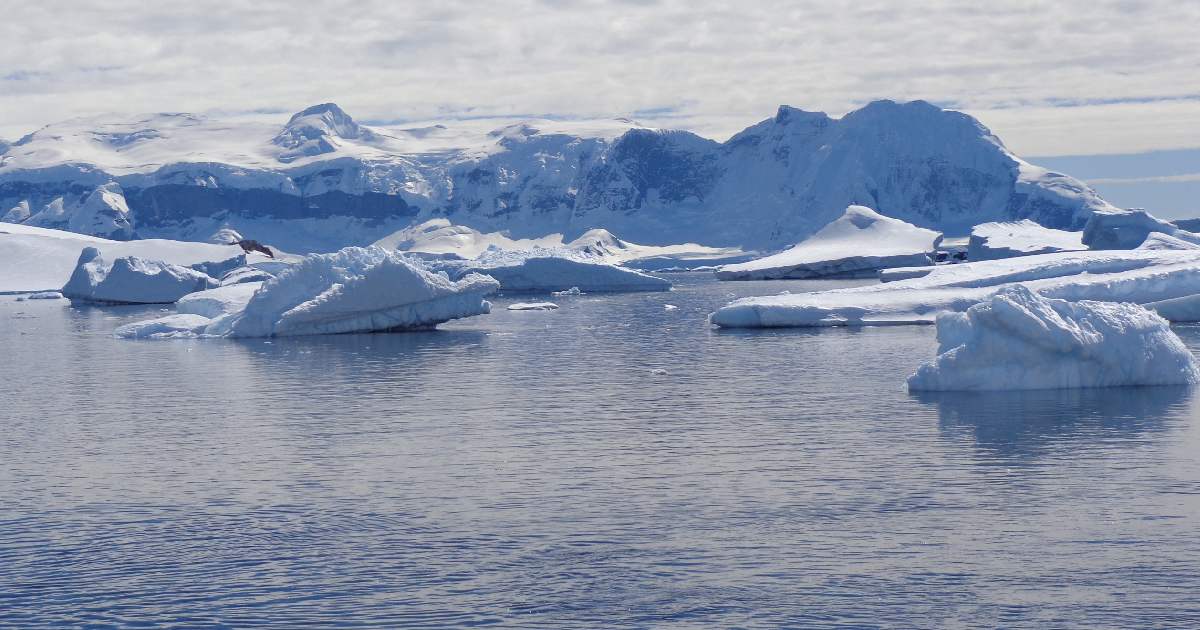
- Location: North of Europe, Asia, and North America
- Average Depth: Approximately 3,953 feet
- Key Features: Arctic Sea, North Pole, Fram Strait
The world’s coldest and the most shallow ocean, the Arctic, comprises 5.4 million miles of coastline. Despite its Arctic Circle latitude and frequent sea ice, it typically appears iced. The seafloor is less inclined than the other ones, with an average of 3,953 feet.
Arctic Ocean glacier influences world conditions by corresponding to sunlight, which makes it important for global warming research. Arctic polar bears, seals, and other aquatic mammals prosper in the cold. Melting ice in the Arctic alters broad levels of water and meteorology.
4. Southern Ocean
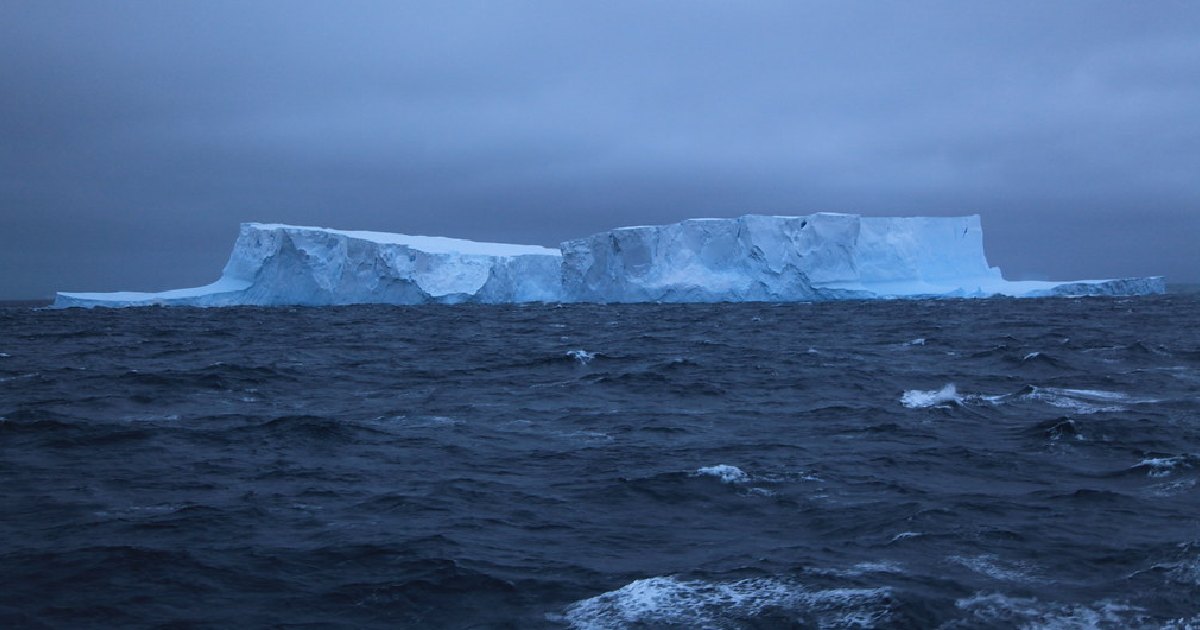
- Location: Surrounding Antarctica
- Average Depth: Approximately 13,100 feet
- Key Features: Antarctic Circumpolar Current, Ross Ice Shelf, Weddell Sea
The Antarctic Ocean remains the world’s southernmost ocean, spanning 7.8 million miles of coastline. Icy abundant nutrients feed plankton and the penguins in their confinement in Antarctica. Using the Antarctic Circumpolar Current, the Southern Ocean modulates the global temperature.
Southern Ocean cold promotes worldwide deep ocean waves, making them crucial to the environmental system. Ice-covered and coarse this is one of the least studied and most unspoiled waters. The ocean floor is vital to the global marine system as it regulates Earth’s temperature and maintains particular habitats for the world ocean system.
3. Indian Ocean
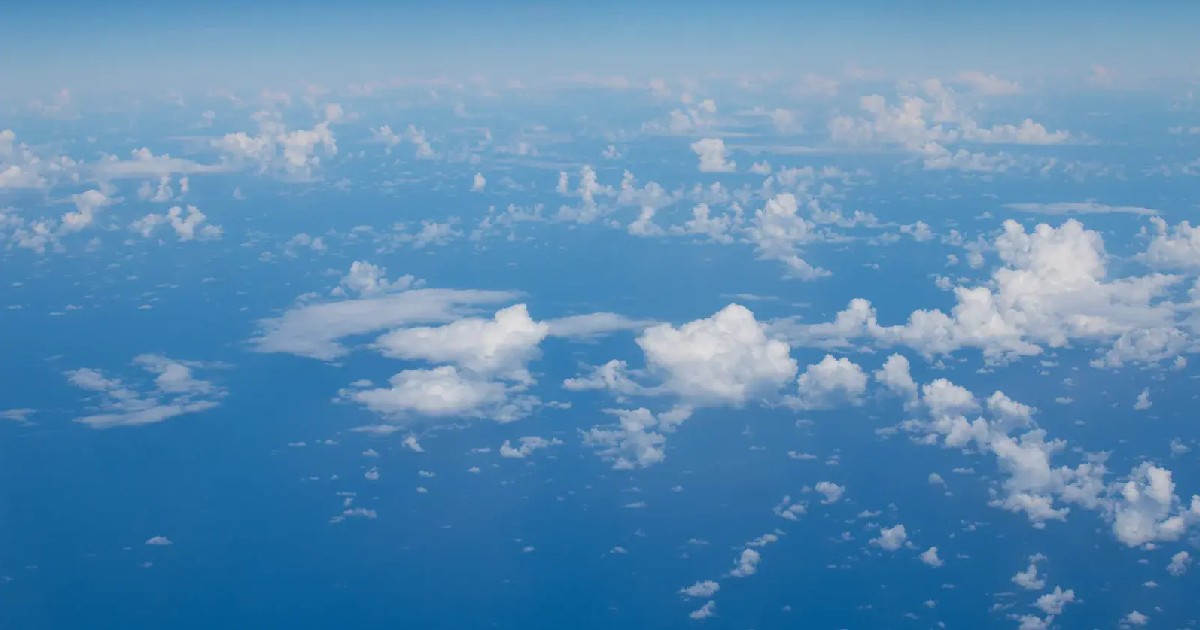
- Location: Between Africa, Asia, Australia, and the Indian subcontinent
- Average Depth: About 12,080 feet
- Key Features: Java Trench, Maldives, Great Red Sea Coral Reef
The third-largest ocean, the Indian, covers 27 million kilometers of coastline. The West, north, and east comprise Asia, Africa, and Australia. The ocean’s warmer waters and winds from monsoons influence several climates, especially Bengal and the Southeast Asian region.
Extraordinary monsoon-driven climate trends in the Indian Ocean influence crop cultivation and commerce. It provides vital ocean channels based on worldwide trade. Warm-water inhabitants like whale sharks and dugongs flourish in the vicinity.
2. Atlantic Ocean
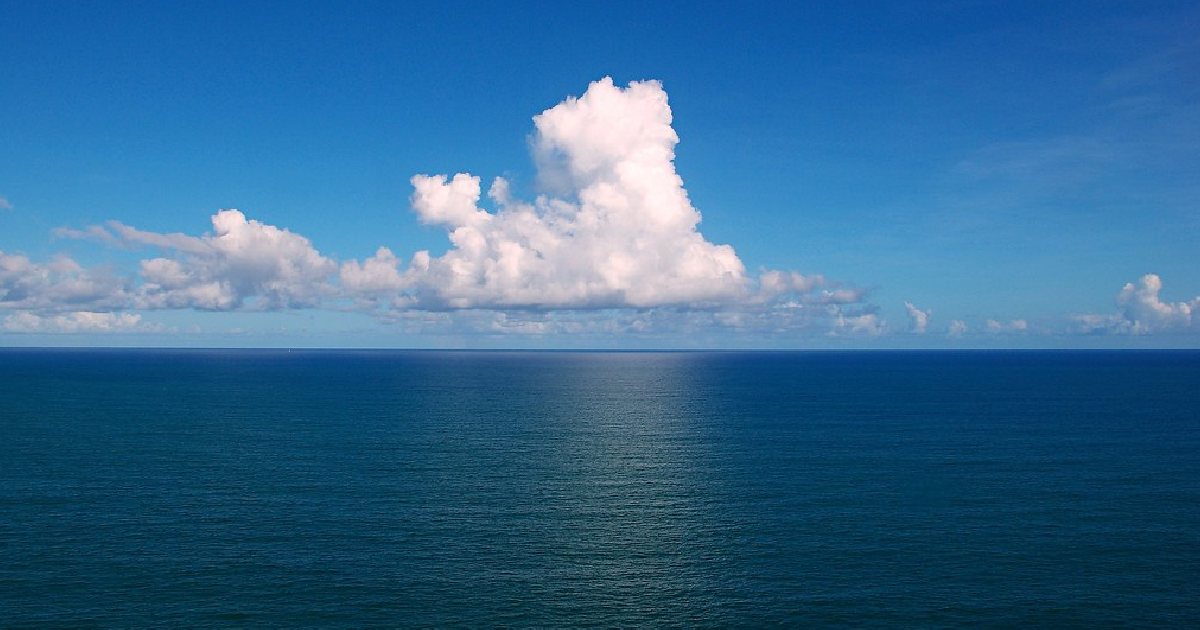
- Location: Between the Americas, Europe, and Africa
- Average Depth: Approximately 10,930 feet
- Key Features: Mid-Atlantic Ridge, Bermuda Triangle, Sargasso Sea
Earth’s second-largest ocean, the Atlantic, covers 41 million miles of coastline. It is widely recognized for its place in history since it interconnects the three continents of Asia, Africa, Europe, and the Americas, opening up commerce and exploration. Featuring the world’s longest peak range, the mid-Atlantic ridge, which measures 10,930 feet in elevation.
The Bermuda Triangle, legendary for vanishings, and the Sargasso Sea, which is famous for its brown seaweed, are both noted for their features. A highly crucial route for foreign shipping and maritime operations is utilized through it.
1. Pacific Ocean
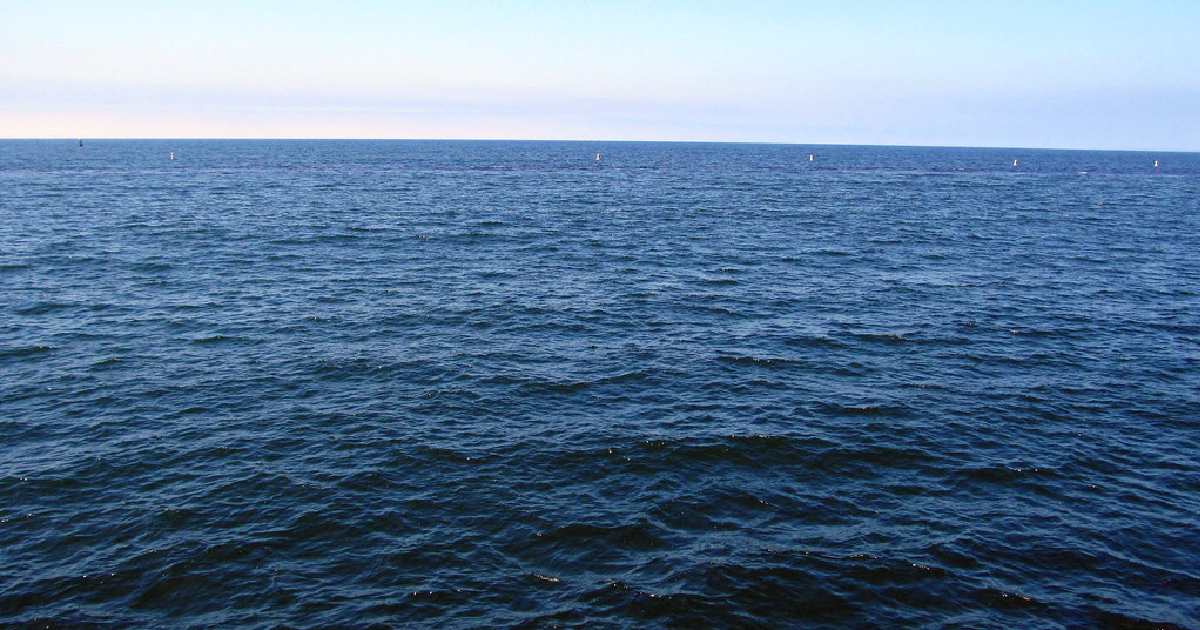
- Location: Between Asia, Australia, and the Americas
- Average Depth: Approximately 12,080 feet
- Key Features: Mariana Trench, Great Barrier Reef, Ring of Fire
Within over 63 million miles squared, the Pacific Ocean is the entire planet’s largest and deepest. Spanning 36,000 feet, the trench known as the Mariana Trench forms the most deep area of the ocean. Some of Earth’s largest and most intriguing species exist within the Pacific Ocean, which affects worldwide climate.
Deep ocean trenches and shallow reefs made of coral belong to the Pacific Ocean’s diverse marine habitats. The climate system of the planet relies on it, influencing weather cycles like El Niño and La Niña. Given its sheer scale and dimension, the ocean’s surface is a regular environment for scientific study and the acquisition of novel organisms and geological phenomena.
Conclusion
The world’s oceans play an indispensable role in shaping Earth’s climate, supporting marine ecosystems, and facilitating human activities. From the vast depths of the Pacific to the icy expanse of the Arctic, each ocean offers unique features and critical functions. Understanding these oceans helps us appreciate their significance and the need to protect these vital components of our planet. As we continue to explore and study the oceans, we gain valuable insights into their complex systems and their importance to life on Earth.
Frequently Asked Questions (FAQs)
Which ocean is the deepest?
The Pacific Ocean is the deepest in the world. It contains the Mariana Trench, which plunges to about 36,000 feet, making it the deepest point in the ocean. Its vast depths are critical for studying marine life and geological processes.
Which ocean is the coldest?
The Arctic Ocean is the coldest ocean, characterized by its icy waters and extensive sea ice coverage. Temperatures in this ocean can plummet well below freezing, making it a unique and challenging environment for marine life.
Which is the largest sea, not an ocean?
The Mediterranean Sea is the largest sea that is not classified as an ocean. It spans approximately 965,000 square miles and the Atlantic Ocean connects through the Strait of Gibraltar, playing a crucial role in regional climate and marine biodiversity.
What are the major oceans from smallest to largest?
From smallest to largest, the major oceans are the Arctic Ocean, Southern Ocean, Indian Ocean, Atlantic Ocean, and Pacific Ocean. This ranking reflects their size and extent across Earth’s surface, with the Pacific being the largest and deepest.
Which ocean has the most fish?
The Pacific Ocean covers the most fish, due to its vast size and diverse range of marine habitats. Its extensive coral reefs, deep trenches, and varying temperatures support a rich and varied marine life, making it the most biodiverse ocean.

